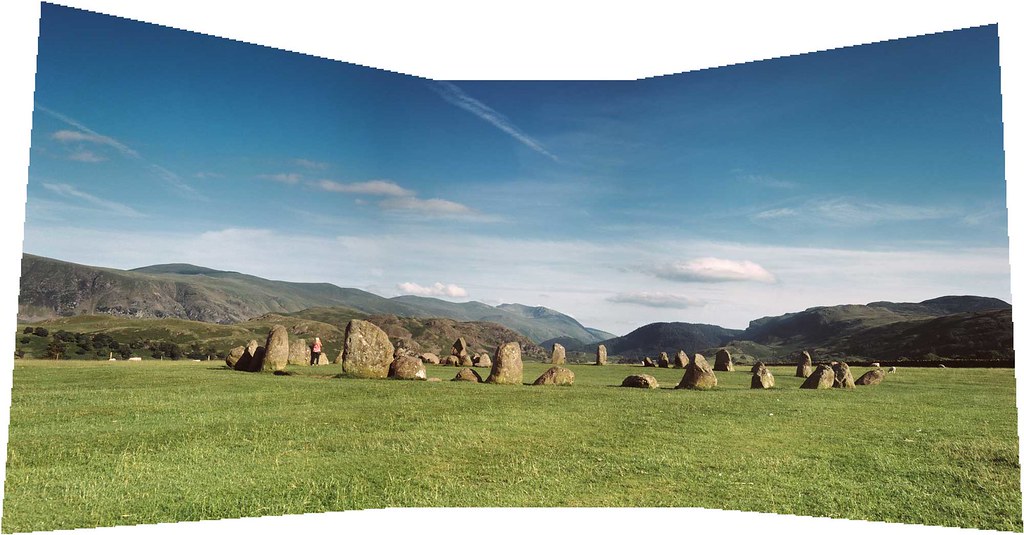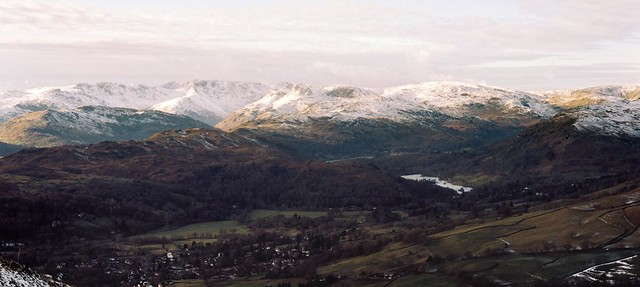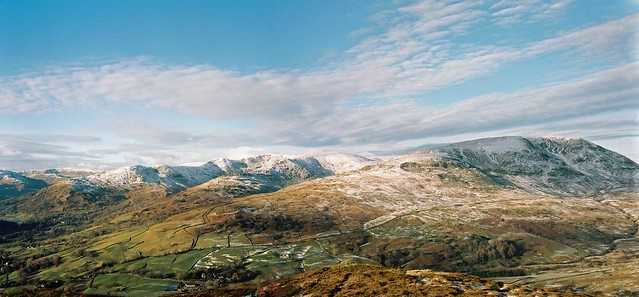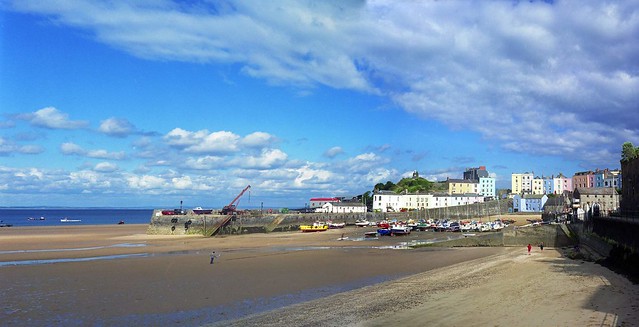Well how many times is you lens not wide enough for the subject.
Little bit of a motorway to Madness.... I spent a long time, chasing what always seemed to be lurking just beyond the limits of the frame.. and ended up caught by a fish! Lol.
When I gave in and bought DSLR, I bought the Sigma 4.5mm full-round-full-180-full-fish for that bit 'more' than I'd had with Panomar 12 on 35mm, and revalation that even accepting the crop-factor loosing a lot of it's fishiness, it wouldn't actually mount to digital on an adapter, due to the rear element protrusion. Intriguing shift; the full-fish proved just how incredibly demanding they are to use; and for 'wide' rather wasted, begging I bought the Siggy 8-16, to full-fill that hitherto uncharted UWA.. with those two in the bag, a-n-d I have to say, seldom on the camera, honest answer to how many times is my lens not wide enough for the subject, is err... not many!
Looking back at what I shot on film.... instantly thunked of my travels in India, and a trip up to Shimla, and looking up on the Himalayas.....
I really aught to burrow back into the binders and get round to making some decent scans of those negs.. however... on review!! Rather revealing how many of those HUGE landscapes I shot portrait like that! Emphasisng 'depth' rather than width, trying to capture some fore-ground interest, So while I craved wide, curious how seldom I ever used it, and how often, I used tighter framing to concentrate interest... Obviously a couple of shots of places like the red-fort or taj'mahal, I struggled a bit, but curiously didn't resort to the fish, which implies that I probably found the 'big-picture' cluttered with incidental features or lacked impact...
Another one, that also probably deserves a better scan; I found a faster "view-finder", in the form of a 1000cc motorbike, my best aid to 'framing', Lol! There's a funny back-story to this one; I'd just bought the bike, and booked a few days off work to get familiar with it before trying to tackle brumie rush-hour on it, so headed off on a 'follow-my-nose' tour, that took me South-West, when I spotted signs for Glastonbury; disappointing 'wide' shot of the Tor monument, when I clambered up the hill, sent me back to the bike to go find another hill to climb and get a better angle/perspective from, shooting it with a tele... un-zooming by zooming on a motorbike! Lol! But, spotted sign for Stone Henge, and had a 'daft' idea; "Oh, yeah, lets go there! Take a photo of the sun-set! But better not stay too long, Head-lamp on this bike doesn't seem much cop, really aught try get home before dark"
Again, zoomed with an engine to get a decent vantage, and shot with the 70-210, I think, as the sun set, and the dawn of realization, over that head-lamp 'problem'! Dohw!! Lol. Again shot portrait, and having only ever seen the place in post-card shots before I got there, and seen documentaries where they said emphatically "
Oh yes, the ancient peoples were making a statement on the landscape" I was rather underwhelmed by how un-imposing the monument is IN the landscape, so that shot was, I think deliberately trying to de-emphasise it and over-load the context, lead the viewer to look and remark '
what's that'? rather than be presented with the cliche and tell ME what it is as they flick past, and actually be surprised when they are told or recognize the monument.
But, is to highlight the quirk; wide angle's are great for getting up close and personal, and brilliant in smaller spaces for opening them up, but for a big scene, I so often found that backing up and framing wide, or so often 'portrait' made for more photo than more real-estate in it.
Which is all bit of a tangent to the topic, I guess. But yes, no, err... almost always wished for more wide... BUT, a bit of a unicorn, searching for it, and when I had it or got even more, bit of a Narwhal tusk that wasn't 'quite' what I'd expected or hoped!



 Untitled_Panorama1-Test
Untitled_Panorama1-Test

 Coniston-Range-Pano
Coniston-Range-Pano The-Struggle
The-Struggle Tenby-Harbour-Pano
Tenby-Harbour-Pano Newlands_Panorama1
Newlands_Panorama1

